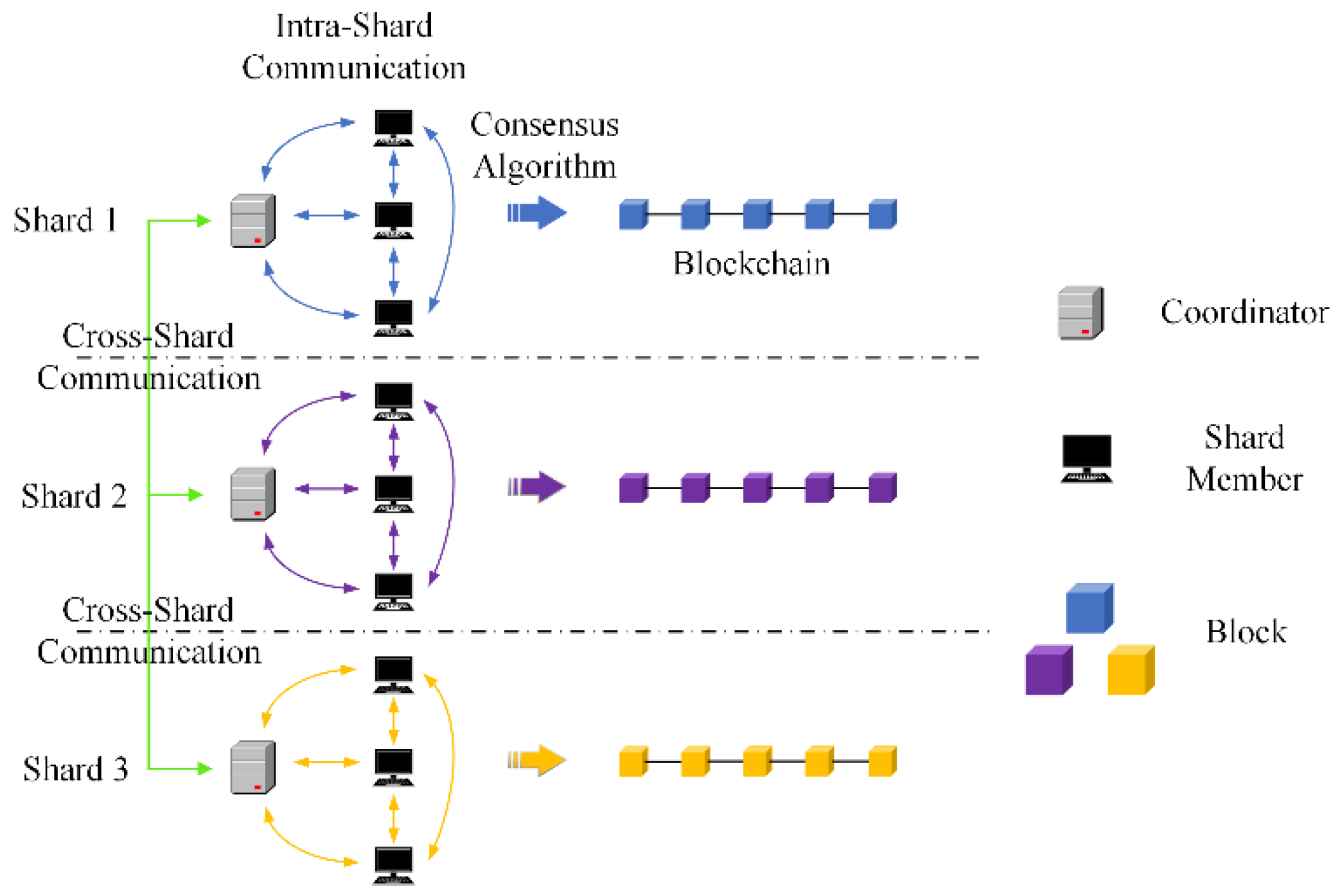Back
Intra-Validator Sharding
Sui
By HackQuest
Aug 22,20243 min readWelcome to the Web3 world, where digital finance and applications are shown in a revolutionary way through the fusion of blockchain technology, cryptocurrencies, and a pioneering spirit. Are you overwhelmed by the wealth of terms in the Web3 world that you don’t understand? Are those slang barriers for you to learn about Web3? Don’t worry! We’re here to explain the obscure terms to guide your learning. Today, we're diving into an innovative development in the world of Web3: Intra-Validator Sharding.
Definition and Overview
Intra-Validator Sharding is a cutting-edge approach in blockchain technology designed to enhance the efficiency and scalability of networks. Unlike traditional sharding, which divides the entire blockchain into smaller, more manageable pieces called shards, Intra-Validator Sharding focuses on optimizing the performance within a single validator. This technique allows validators to process multiple transactions simultaneously, increasing throughput and reducing latency.
Technical Composition
Intra-Validator Sharding leverages advanced techniques in parallel processing and distributed computing. Here’s a breakdown of its technical components:
1.Shard Allocation: Validators are equipped with multiple shards, each responsible for a subset of transactions.
2.Parallel Execution: Transactions within different shards are processed concurrently, leveraging multi-core processors and parallel execution frameworks.
3.Cross-Shard Communication: A robust mechanism ensures seamless communication and data consistency between shards.
4.State Management: Efficient state management techniques are employed to keep track of the blockchain’s state across multiple shards.

Source : MDPI
Core Functions
1.Transaction Processing: Enhancing the speed and efficiency of transaction validation.
2.Resource Utilization: Optimizing the use of computational resources within a validator.
3.Scalability: Allowing the network to handle a larger volume of transactions without compromising performance.
4.Security: Maintaining high levels of security and integrity across multiple shards.
Use Cases
Intra-Validator Sharding is pivotal in various scenarios within the Web3 ecosystem:
1.DeFi Platforms: Enhances the throughput of decentralized finance applications, enabling faster transactions and reducing congestion.
2.Gaming: Supports high-frequency transactions and interactions in blockchain-based games.
3.Supply Chain: Improves the efficiency of tracking and validating transactions in supply chain management systems.
4.IoT: Facilitates real-time processing of data from Internet of Things devices on the blockchain.
Importance in Web3 Ecosystem
Intra-Validator Sharding plays a crucial role in the Web3 ecosystem by addressing key challenges:
1.Scalability: Solves the scalability issues faced by traditional blockchain networks.
2.Efficiency: Enhances the overall efficiency and performance of validators.
3.User Experience: Provides a smoother and faster user experience, essential for mainstream adoption of blockchain applications.
4.Innovation: Encourages the development of new applications and services that can leverage the enhanced capabilities of sharded validators.
User Experience and Innovations
The implementation of Intra-Validator Sharding brings several innovations to the user experience:
1.Reduced Latency: Users experience faster transaction confirmations.
2.Higher Throughput: Applications can handle more transactions per second, leading to smoother operations.
3.Lower Fees: Increased efficiency can lead to lower transaction fees.
4.Enhanced Security: The architecture inherently supports robust security measures, protecting user assets and data.
Challenges
Despite its numerous advantages, Intra-Validator Sharding also faces several challenges:
1.Complexity: The implementation of sharding within a validator is technically complex and requires sophisticated algorithms.
2.Cross-Shard Coordination: Ensuring seamless communication and consistency across shards is a significant challenge.
3.Resource Management: Efficiently managing computational resources to prevent bottlenecks.
4.Security Risks: Ensuring that sharding does not introduce new vulnerabilities or attack vectors.
Conclusion
Intra-Validator Sharding is a transformative development in blockchain technology, offering significant improvements in scalability, efficiency, and user experience. By optimizing the processing capabilities within individual validators, this approach paves the way for more robust and high-performance blockchain networks. As the Web3 ecosystem continues to evolve, innovations like Intra-Validator Sharding will be instrumental in driving widespread adoption and unlocking new possibilities in the world of decentralized applications and digital finance.
Embrace the future with Intra-Validator Sharding and experience the next level of blockchain efficiency and performance. Stay tuned as we continue to explore and demystify the exciting advancements in Web3 technology.